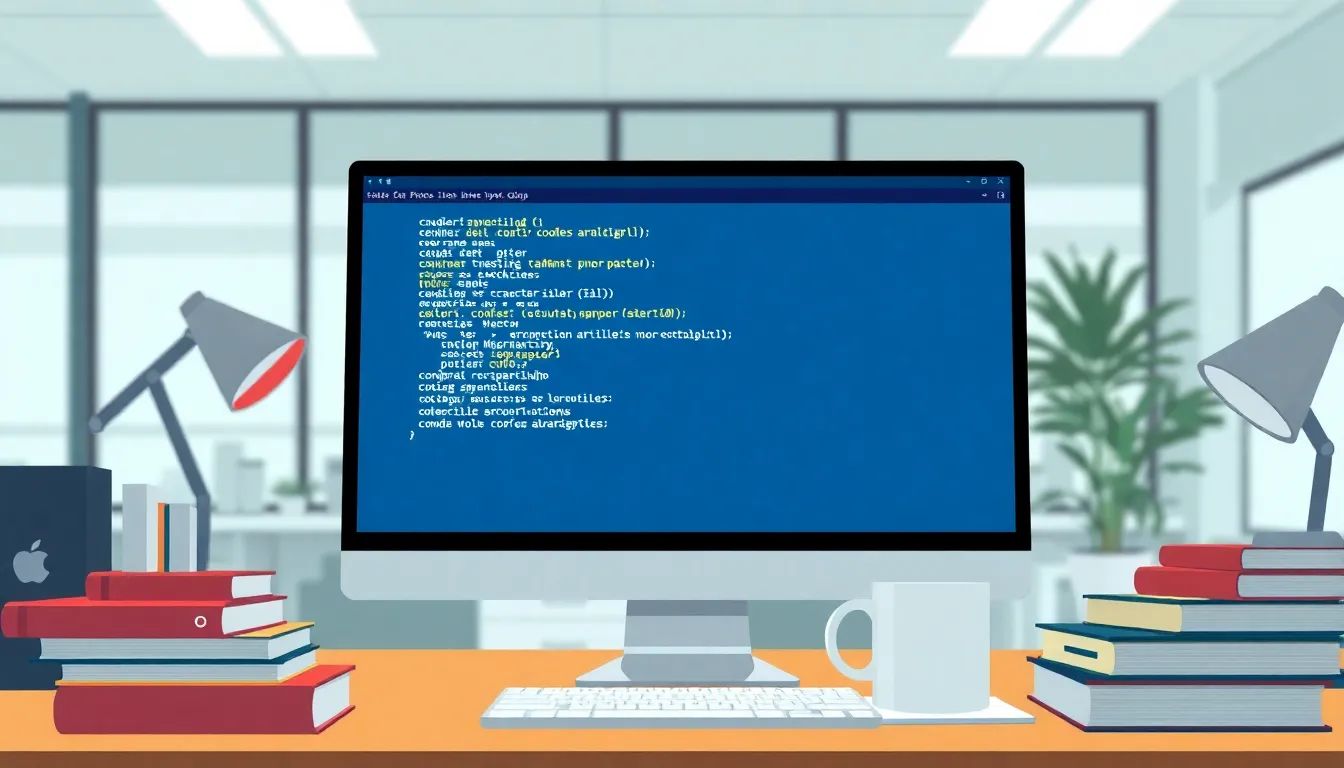When it comes to programming in Python, encountering errors is as common as finding a cat video on the internet. One particularly pesky error that’s been making waves is the infamous oxzep7. Picture this: you’re deep into your coding groove, and suddenly, your screen throws a tantrum, flashing that error like a neon sign. Frustrating, right?
Python Error Oxzep7 Software
Python error oxzep7 represents a common issue developers encounter during programming. This error typically arises due to syntax mistakes, missing libraries, or incorrect configurations. Many users report that it disrupts the debugging process, often causing significant delays. Developers experiencing this error should look for typographical errors in their code first. Missing modules, such as those not included in the project environment, can trigger this error as well. It’s essential to ensure all dependencies are properly installed and configured. In many cases, incorrect data types passed to functions lead to oxzep7. Checking data types before execution can prevent unnecessary interruptions. Ignoring these errors tends to result in cascading failures that complicate the coding process further. Resources like the Python documentation and community forums are invaluable for troubleshooting this error. Extensive discussions about oxzep7 on platforms like Stack Overflow provide insight and workarounds. Engaging with these resources enables developers to learn from others’ experiences and avoid similar pitfalls. Understanding common symptoms associated with oxzep7 helps in efficient troubleshooting. Symptoms may include unresponsive scripts or unexpected application crashes. Identifying these signs early on allows for quicker resolution and smoother coding workflow. Adopting best practices, such as regular code reviews and testing, significantly reduces the occurrence of errors like oxzep7. Developers benefit from using tools that automatically flag potential issues in their code. Prioritizing such strategies leads to a more robust development environment and promotes overall coding efficiency.Common Causes of Python Error Oxzep7

Misconfigured Environment
A misconfigured environment frequently leads to the oxzep7 error. Missing system variables can disrupt Python’s ability to locate necessary components. Ensure that Python paths are correctly set in the system variables. Invalid Python versions or interpreter settings can also trigger this error. Developers can benefit from verifying that the correct version of Python is installed and properly configured. Moreover, issues with virtual environments, such as forgotten dependencies or improper activation, contribute to this problem. Reviewing the environment setup can help identify and correct these issues.Incompatible Libraries
Incompatible libraries often result in the oxzep7 error. When libraries have conflicts due to version mismatches, errors can occur during runtime. This situation usually arises when projects depend on multiple packages that require different library versions. It’s important to check library documentation and ensure compatibility between them. Additionally, upgrading outdated libraries and removing unnecessary ones can mitigate these issues. Utilizing tools like pipenv or conda can help manage dependencies more effectively, reducing the chance of encountering such errors. Regular updates and compatibility checks promote smoother project execution.Troubleshooting Steps
Developers can resolve the oxzep7 error through systematic troubleshooting steps. Each step helps pinpoint the issue effectively.Check Python Version
Confirming the Python version serves as an essential troubleshooting step. Make sure to use a version compatible with the codebase. Running outdated versions can cause unexpected behaviors. To check the Python version, executepython --version or python3 --version in the command line. Frequently, code written for newer versions won’t work on older ones. Verifying compatibility with third-party libraries also proves beneficial. Knowing that some libraries require specific versions will further assist in maintaining stability in the coding environment.
Update Dependencies
Updating dependencies plays a crucial role in resolving the oxzep7 error. Libraries can become outdated, leading to compatibility issues with current Python versions. Utilize package managers like pip to check for outdated packages by executingpip list --outdated. Reviewing the library documentation ensures a clear understanding of the required versions. After identifying outdated libraries, use pip install --upgrade package_name to update. Regular updates not only mitigate errors but also incorporate performance improvements and security patches. Effective dependency management reduces the likelihood of future issues, creating a more stable development environment.
Best Practices to Avoid Python Error Oxzep7
Avoiding the oxzep7 error involves implementing strategic practices that enhance coding efficiency. Following these best practices can significantly minimize disruptions.Regular Software Updates
Regular software updates ensure compatibility with the latest libraries and dependencies. Keeping the Python installation current reduces the risk of encountering errors linked to outdated features. Many developers use package managers like pip to check for and install updates, facilitating smoother workflows. Python’s own update tools can be employed effectively by runningpip list --outdated. Staying on top of these updates not only mitigates the oxzep7 error but also enhances overall performance.



